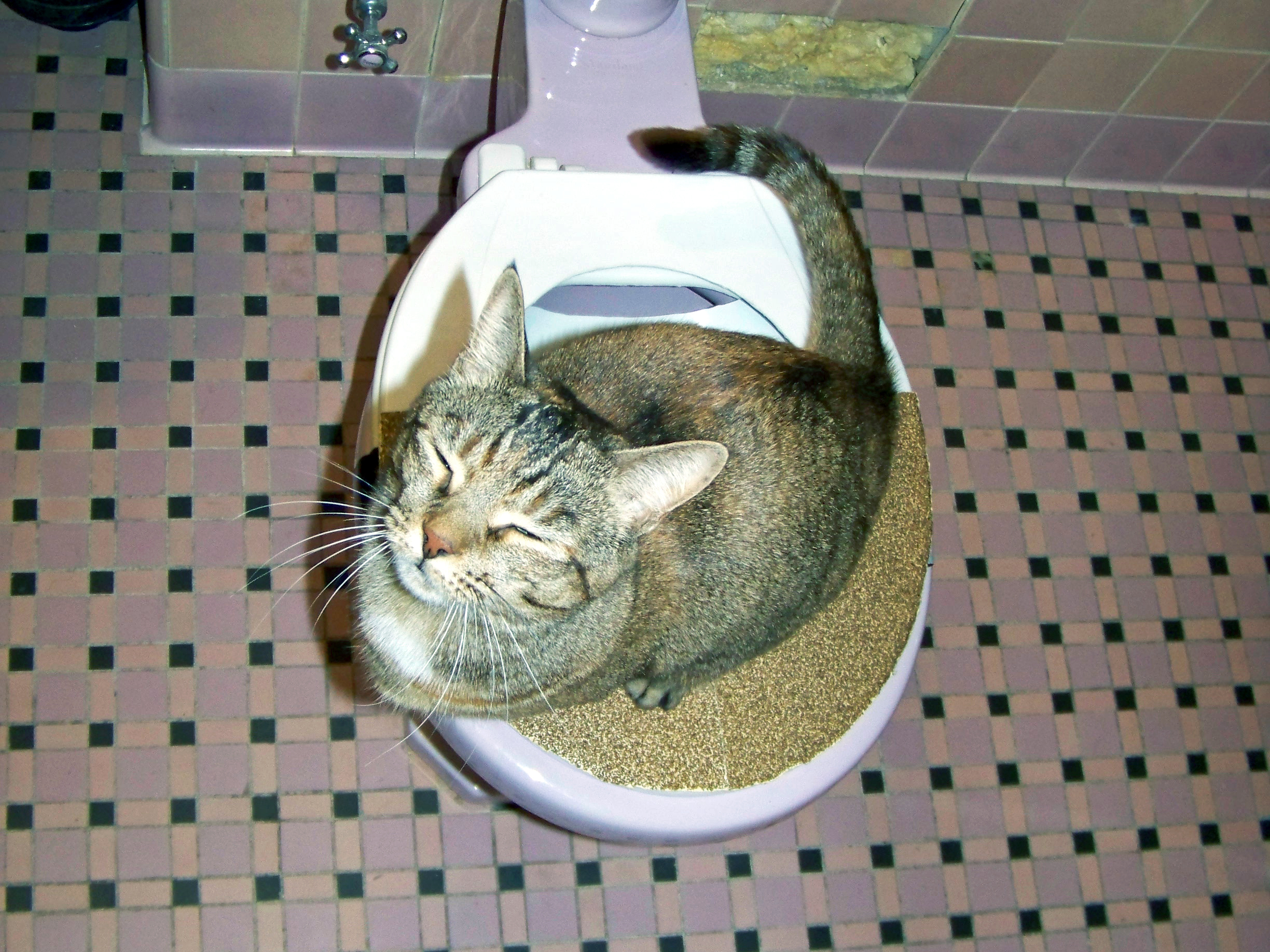We've unearthed this great article relating to Don’t flush cat feces down the toilet directly below on the net and figured it made good sense to write about it with you over here.

Introduction
As pet cat owners, it's essential to bear in mind exactly how we throw away our feline good friends' waste. While it may appear practical to flush pet cat poop down the commode, this method can have damaging repercussions for both the environment and human health and wellness.
Alternatives to Flushing
Thankfully, there are safer and more responsible methods to deal with pet cat poop. Think about the adhering to options:
1. Scoop and Dispose in Trash
One of the most usual method of disposing of feline poop is to scoop it right into a naturally degradable bag and toss it in the trash. Make certain to use a committed litter inside story and dispose of the waste without delay.
2. Use Biodegradable Litter
Go with biodegradable feline litter made from products such as corn or wheat. These trashes are environmentally friendly and can be securely thrown away in the trash.
3. Hide in the Yard
If you have a backyard, consider hiding cat waste in a marked location away from veggie gardens and water sources. Make certain to dig deep sufficient to stop contamination of groundwater.
4. Set Up a Pet Waste Disposal System
Invest in a family pet waste disposal system especially created for cat waste. These systems make use of enzymes to break down the waste, decreasing smell and environmental impact.
Health and wellness Risks
In addition to ecological issues, flushing pet cat waste can likewise pose health and wellness risks to people. Feline feces might have Toxoplasma gondii, a parasite that can cause toxoplasmosis-- a potentially serious health problem, specifically for expectant women and individuals with weakened immune systems.
Environmental Impact
Flushing feline poop introduces unsafe virus and bloodsuckers into the supply of water, positioning a considerable danger to water environments. These pollutants can adversely affect marine life and compromise water quality.
Conclusion
Accountable family pet ownership extends beyond providing food and shelter-- it additionally entails correct waste administration. By refraining from flushing cat poop down the bathroom and choosing alternative disposal approaches, we can decrease our ecological footprint and safeguard human health.
Why Can’t I Flush Cat Poop?
It Spreads a Parasite
Cats are frequently infected with a parasite called toxoplasma gondii. The parasite causes an infection called toxoplasmosis. It is usually harmless to cats. The parasite only uses cat poop as a host for its eggs. Otherwise, the cat’s immune system usually keeps the infection at low enough levels to maintain its own health. But it does not stop the develop of eggs. These eggs are tiny and surprisingly tough. They may survive for a year before they begin to grow. But that’s the problem.
Our wastewater system is not designed to deal with toxoplasmosis eggs. Instead, most eggs will flush from your toilet into sewers and wastewater management plants. After the sewage is treated for many other harmful things in it, it is typically released into local rivers, lakes, or oceans. Here, the toxoplasmosis eggs can find new hosts, including starfish, crabs, otters, and many other wildlife. For many, this is a significant risk to their health. Toxoplasmosis can also end up infecting water sources that are important for agriculture, which means our deer, pigs, and sheep can get infected too.
Is There Risk to Humans?
There can be a risk to human life from flushing cat poop down the toilet. If you do so, the parasites from your cat’s poop can end up in shellfish, game animals, or livestock. If this meat is then served raw or undercooked, the people who eat it can get sick.
In fact, according to the CDC, 40 million people in the United States are infected with toxoplasma gondii. They get it from exposure to infected seafood, or from some kind of cat poop contamination, like drinking from a stream that is contaminated or touching anything that has come into contact with cat poop. That includes just cleaning a cat litter box.
Most people who get infected with these parasites will not develop any symptoms. However, for pregnant women or for those with compromised immune systems, the parasite can cause severe health problems.
How to Handle Cat Poop
The best way to handle cat poop is actually to clean the box more often. The eggs that the parasite sheds will not become active until one to five days after the cat poops. That means that if you clean daily, you’re much less likely to come into direct contact with infectious eggs.
That said, always dispose of cat poop in the garbage and not down the toilet. Wash your hands before and after you clean the litter box, and bring the bag of poop right outside to your garbage bins.
https://trenchlesssolutionsusa.com/why-cant-i-flush-cat-poop/

As an enthusiastic reader on Don’t flush cat feces down the toilet, I was thinking sharing that article was a great idea. Loved our entry? Please share it. Help somebody else locate it. We treasure reading our article about How to Dispose of Cat Poop and Litter Without Plastic Bags.
View